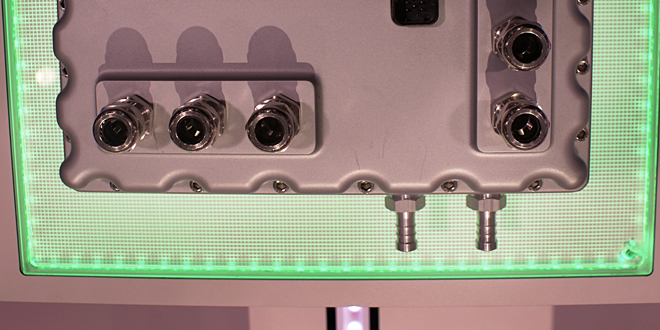The DOE’s Advanced Research Projects Agency-Energy (ARPA-E) has selected 14 projects to receive $27 million in funding to support the development of next-generation power conversion devices. These devices, which convert electrical energy from high to low voltages, are critical to all electronic devices, and represent a key enabling technology for electric vehicles.
The DOE’s talent for identifying promising new technologies is matched only by its talent for devising clever acronyms – the latest program is called Strategies for Wide-Bandgap, Inexpensive Transistors for Controlling High-Efficiency Systems (SWITCHES).
According to ARPA-E, today’s power electronics are based on decades-old technology and rely on expensive, bulky, and failure-prone components. SWITCHES aims to lower the cost and improve the energy efficiency of power switching devices.
“In order to transform America’s energy infrastructure, we will need innovative technology options that can radically improve how we convert and use electricity,” said ARPA-E Deputy Director Cheryl Martin. “The low-cost power electronic projects ARPA-E announced today could result in some of the critical components needed to update our aging infrastructure and reduce power losses from the grid.”
Several of the 14 newly-funded projects are directly related to the EV field.
Avogy, Inc. received $1.7 million to develop a vertical gallium nitride (GaN) transistor that can conduct significantly more electricity and is 30 times smaller than a conventional silicon transistor, which could enable smaller, more reliable, energy-efficient, and cost-effective electrical motor drives.
SixPoint Materials, Inc. also scored $1.7 million to create low-cost vertical gallium nitride (GaN) substrates that could be used in high-power GaN circuits to convert power for electric motors and electric vehicles with half the energy loss compared to today’s GaN devices.
Columbia University was awarded three big ones to create vertical gallium nitride (GaN) devices using a technique called spalling, a method to transfer entire GaN devices to alternate substrates or bases. If successful, this will enable the use of low-cost, high-power transistors for motors and other automotive applications.
Information on all projects announced is available HERE.
Source: DOE


















































































